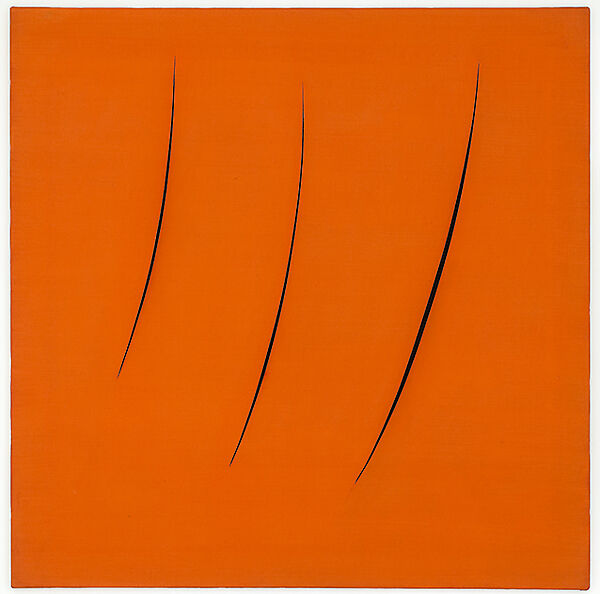Artifex of Analogies, Analogies of Artifex. Historical and Methodical Figures between the Middle Ages and Modernity
DOI:
https://doi.org/10.54103/2035-7362/19488Keywords:
Poiesis, Maker, Analogy, Aesthetics, HistoriographyAbstract
Starting from some aspects of the contemporary debate on metaphor, the article proposes a path through various figures of artifex to question the philosophical, cognitive and heuristic aim of analogy and defend its rhetorical dimension. The theme of the artifex and his creative-productive process often appears in the form of analogy. It has undergone significant variations throughout history, most notably the displacement of the domain and purpose of analogy from the transcendent to the immanent. An itinerary is proposed that begins with the Franciscan Bonaventure of Bagnoregio, who shares the main features of the Augustinian and monastic metaphysics of relationship in which the analogy of proportionality plays a central role not only in the structure of being, but also in the progress of knowledge. The question in the modern age is addressed with brief references to some figures of the Renaissance (Leon Battista Alberti, Leonardo da Vinci) and modern age (Baudelaire, Kandinsky) in which the interest shifts to immanence. Finally, the role of analogy in the creative processes outlined by Paul Valéry is explored, where it becomes the main function of the universal power of the mind. Concluding remarks are proposed, firstly theoretical, on the philosophical, cognitive and heuristic dimension of analogy in different historical periods; and then methodical on the use of analogy in the history of philosophy.
Downloads
Published
Issue
Section
License
Copyright (c) 2022 Doctor Virtualis

This work is licensed under a Creative Commons Attribution 4.0 International License.
Authors who publish in this journal accept the following conditions:
a. Authors retain the rights to their work and assign to the journal the right of first publication of the work, simultaneously licensed under a Creative Commons - Attribution License that allows others to share the work indicating intellectual authorship and first publication in this journal.
b. Authors may enter into other non-exclusive licensing agreements for distribution of the published version of the work (e.g., deposit it in an institutional repository or publish it in a monograph), provided they indicate that the first publication was in this journal.
c. Authors can disseminate their work online (e.g., in institutional repositories or on their own website) before and during the submission process, as it can lead to productive exchanges and increase citations of the published work (See The Effect of Open Access).





